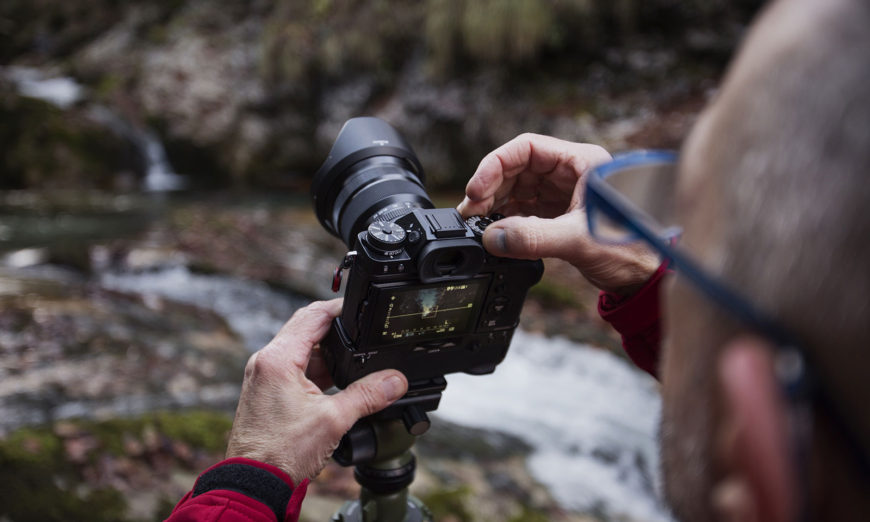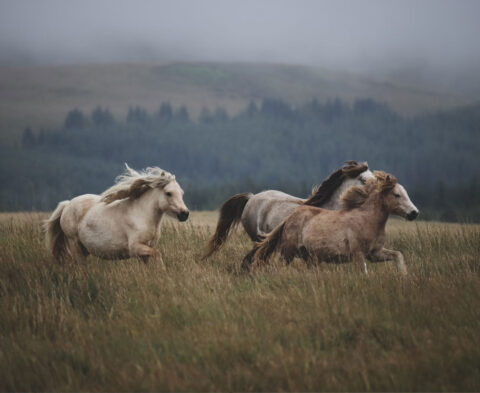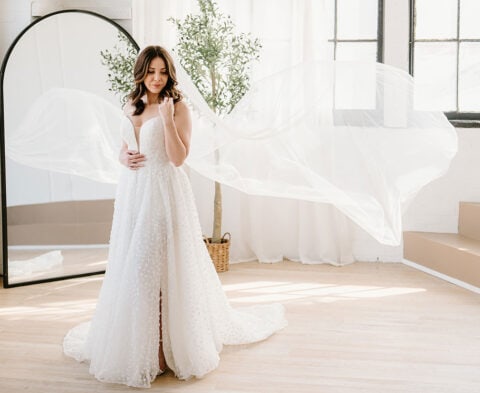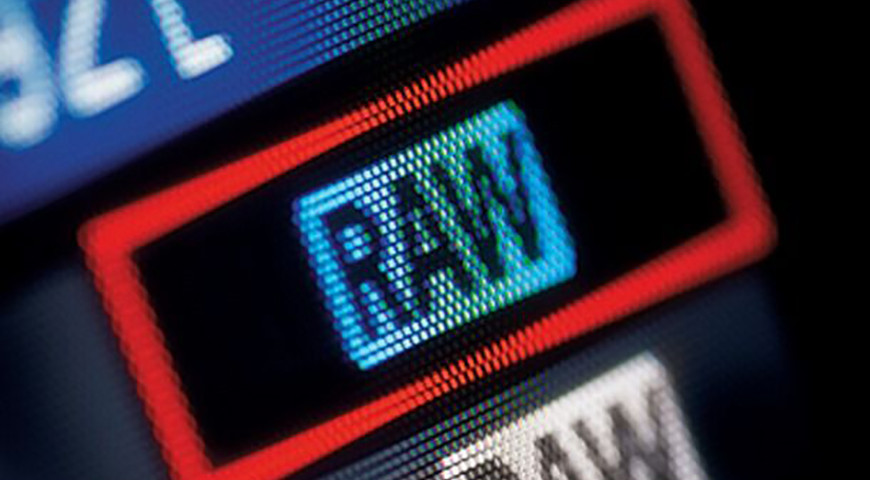As image creators we have the luxury of choice. Different makers, different lenses and at the core, different sensors. A question asked often by new photographers and those upgrading from an older camera, is what the differences are when selecting a camera denoted by the phrase “Full Frame”.
Where the Name Comes From
Those who made photographs using film cameras will recall many formats. The most popular by far was what we call the 35mm format. In still cameras, this produced a negative, or slide, with dimensions 36mm x 24mm.
When digital cameras were first being developed it was challenging and expensive to produce sensors that were the same size and so smaller sensors were built first. When technology improved, the first “full frame” sensors arrived and were able to equal the size of the old film negative, 36mm x 24mm and were given the name Full Frame.
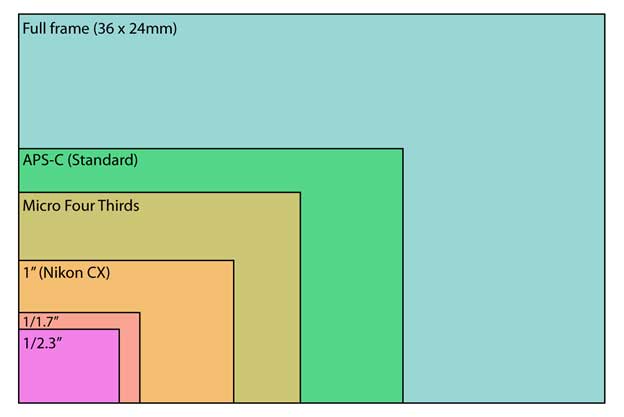
Figure 1 : This graphic, courtesy of DPReview shows the surface area to scale of different sized sensors
As we can see clearly from the graphic above, a full frame sensor is much larger than smaller sensor designs. The graphic is to scale, but not actual sized and gives the viewer an accurate representation of the level of difference.
How Is This Different?
At a very simple level, the larger the sensor, the more photo receptors can be put on it. The more photo receptors, the higher the resolution of the sensor. Different full frame sensors have different resolutions and we measure these in millions of pixels, better known as megapixels. Thus, was born the first iteration of what is known as the megapixel wars. A higher number of megapixels implied a higher resolution, and all other considerations being consistent, this is true. Even within a single manufacturer we will find full frame sensors with different resolutions. Nikon’s D5 professional camera is purpose built for the most stringent shooting conditions and high-speed image capture. It captures at 20.8 megapixels, using an array of photoreceptors 5,568 x 3,712 on the sensor. Multiply the pixels wide by tall to get the megapixel count (roughly). This is a full frame sensor. The Nikon D850 is also a full frame sensor with a megapixel rating of 45.7 megapixels composed of an array of 8,256 x 5,504 photo receptors.
How then can the same size sensor deliver very different resolutions?
It comes down to the size of the photo receptors themselves. To get more resolution out of a fixed sized sensor, you must make the photo receptors smaller. A smaller photo receptor is less efficient at light gathering and will require more power to collect information in low light. The resolution decision you make is dependent upon your use cases, meaning what kind of images do you want to make and what will you do with the images.
What Are the Advantages of Full Frame Over Alternatives?
Potentially a full frame sensor will offer higher resolution as well as larger photo receptors. This will in turn result in higher overall image quality. A full frame sensor of the same megapixel rating as a smaller sensor of APS-C or Micro Four Thirds should be delivering higher image quality.
There’s more to it than this of course, because we sometimes forget to consider the CPU inside the cameras and the very sophisticated programming that goes into the in-camera processing of the image data before a file is created. However, if one prefers to use a large brush, full frame delivers higher image quality in general. It will do so at a higher cost of manufacture, and also incur more size and weight to accommodate the larger sensor and will require larger lenses to deliver an image circle large enough to provide coverage of the entire sensor. If these “costs” are not impactful, then full frame may be right for you.
What Drives Full Frame Buyers?
When we start out as image makers, the overall image quality may not be our primary drivers. Indeed, if our desired outcomes are images that we share with friends and family on the Internet as digital images only, the sensor size is not going to matter very much, because the overall Internet resolution is horribly low, and even on today’s powerful 5K displays, we will be very hard pressed to see any difference at all. Some people claim to be able to see the difference on screen. The size of the pixels on the displays would tend to refute this claim, the displays simply cannot show the quality difference at a resolution level.
If our outcomes include larger prints, then sensor resolution can make a difference. A larger sensor with higher resolution will have a larger native print size. For image creators doing large prints, this is a tangible and “seeable” difference. In our earlier examples, the maximum native print size of the D850 sensor at 300 pixels per inch (a standard industry norm) will be 18.36 inches by 27.52 inches, whereas the maximum native print size of the D5 sensor will be 12.37 inches by 18.56 inches. Images from both sensors can be printed much larger via software mechanisms, but such mechanisms however incredible are not the same as native. Thus, those who will be making larger prints will opt for higher resolution sensors.
The larger each photo receptor is, the less power it needs to capture information. Thus, the larger the photo receptor, the better the high ISO images look because of a much higher signal to noise ratio. The image maker who must shoot in a variety of lighting situations without the ability to extend or enhance the light will choose lower resolution in favour of the ability to shoot at higher ISOs with less digital noise. Megapixel for megapixel, a larger receptor always generates less noise than a smaller one. This is an example why a buyer may choose, again in our example, a D5 over a D850 or a Canon 1Dx Mark II over a 5D Mark IV, or a Sony a7 III over a a7R III. Your use cases define the choice that works best for you.
Dynamic Range
Another consideration in sensor design is the amount of dynamic range that the sensor delivers. Dynamic range is simply the width of tonal range from black to white. The wider the dynamic range, the greater the tonal range, and the more information is collected and available for use. Serious professionals weigh dynamic range much more highly than megapixel count, but as it is harder to measure, and more subjective to the human eye, marketers place more emphasis on resolution. To the serious creative artist, dynamic range matters a great deal, but it requires that the creator shoot in RAW and agrees to spend time in the digital darkroom to maximize the return. The larger the well-designed sensor, the greater the dynamic range.
Seeing A Difference

Figure 2 : A JPEG image as one might use on the web
The image above was captured on a digital sensor. Can you tell by looking at it what sensor size captured the image? The answer is likely not. It displays very good tonal range, excellent sharpness, low noise and because it is a JPEG has been compressed such that at least 70% of the original image data is gone. If we disclose that the original megapixel count was 34.6 megapixels, does this tell you more? It likely will because of the numbers. This image was captured using a Nikon D810, but if you were not told, would it have changed your perspective about the image?
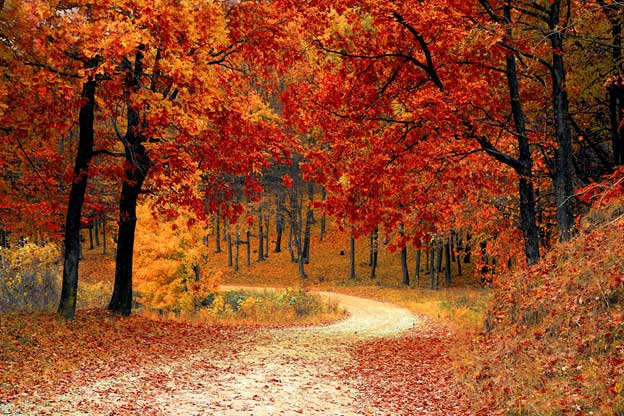
Figure 3 : How does this one look?
How about this image? It too was made on a digital sensor. It looks really nice, with great colour. If we look closely, we will see that it does not have the tonal range of the first image, and that digital noise is cropping up, particularly in the shadows. If we had nothing to compare it to, most would say it is a very nice image. It was captured on an APS-C sized sensor on a Canon 600D with a megapixel selection of 7.9 megapixels. It too is a JPEG and has suffered the same brutal compression as the first image, but because we started with less information, with fewer photo-receptors of a smaller size we have less to work with. Regardless, would you have known if not told?
Where to from here?
For some image creators, the demand for optimum image quality is a primary driver. This is why we see cameras from makers such as Fujifilm, PhaseOne and Hasselblad with even larger sensors, often called medium format. The sensors are that much larger again and because they are larger, the photo receptors can be larger or there can be more of them, delivering even higher resolution.
Conclusions
While sensor size and megapixels are reasonable considerations, they are not the only considerations in choosing the camera that is right for you. Understanding the reality over the hype will help you make the choice that is right for you.
If you have questions about this subject, please leave a comment on the Henry’s Blog.
Until next time, peace
